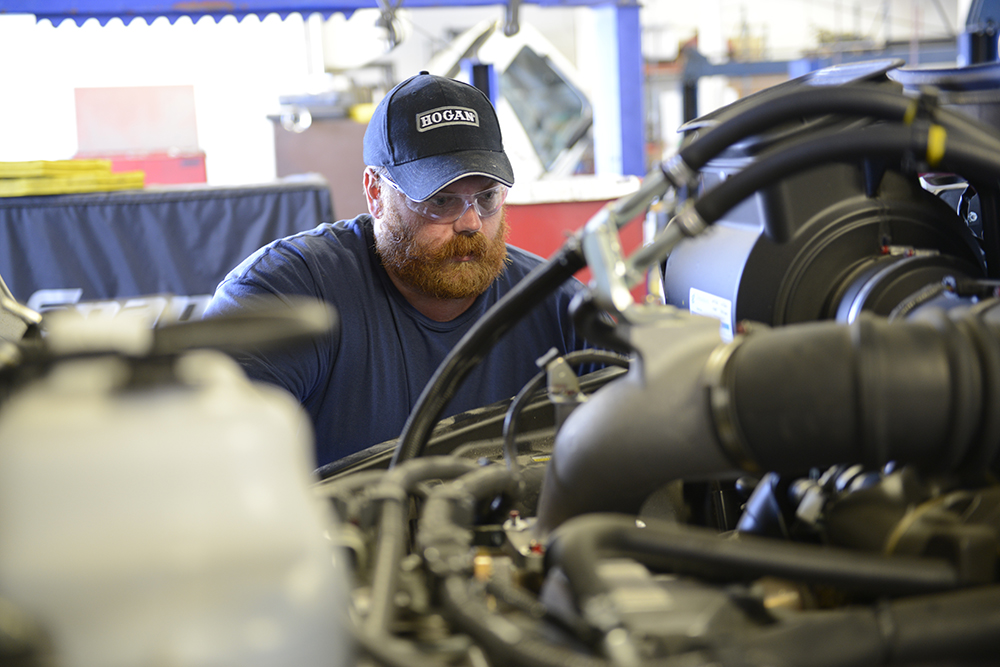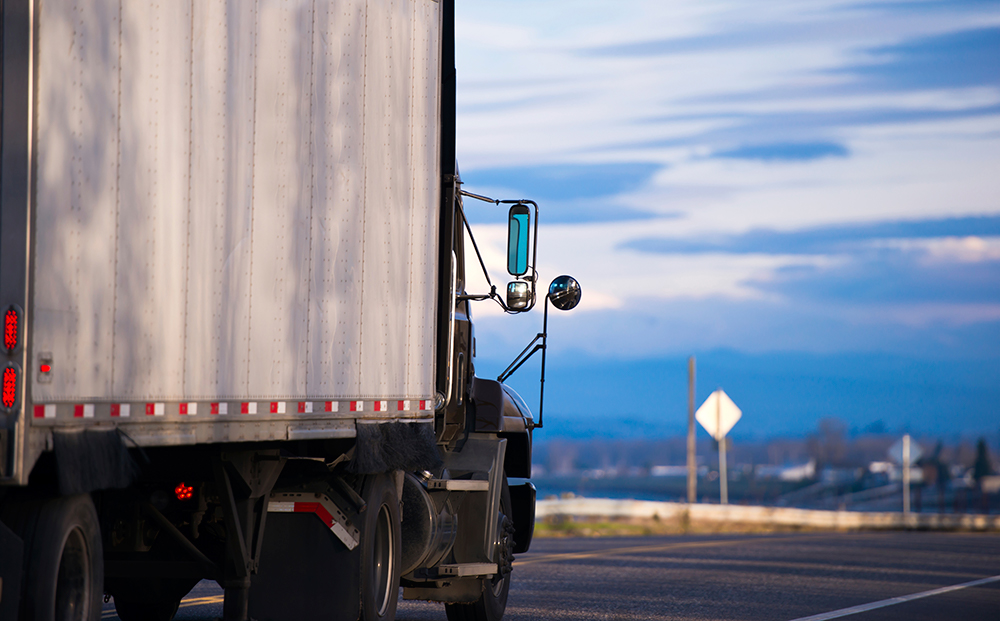When heat reaches extreme levels in places not prepared for it, many businesses suffer. Our industry has its own issues to deal with.
In May of this year, I wrote an IdeaXchange blog describing how the private fleets are making investments in green initiatives as noted in the National Private Truck Council’s Benchmarking Survey Report 2020.
The need to practice and prepare for sustainability is being tested by increasingly extreme weather conditions. Just this past week, Death Valley, CA recorded a temperature of 130 degrees…for the second year in a row! And Las Vegas hit 117 degrees. This may not be that shocking considering these locations generally experience oppressive heat waves…BUT no one would expect Vancouver to experience weather hot enough to literally cook mussels on the beach. Surface temperatures on that beach reached 125 degrees. Areas of the US, like Oregon and Washington State, are experiencing heat-related deaths in the double digits. And these are places where many people have never even needed air conditioners.
Although we often talk about winter and the effects it has on our industry: snowstorms making roads impassable and ice-covered roadways creating massive pileups…extreme heat has its own drawbacks that make driving difficult. During this recent heat wave, Seattle recorded an all-time record high of 108 and the city had to spray steel draw bridges with water to keep them cool, since extreme heat can cause steel to expand, thus creating opening and closing problems. Elsewhere in Washington State, sections of an interstate were buckling. Heat also expands concrete and as that happens large bumps begin to occur. In other locations, heat caused roads to crack. All of this ends up with road repair crews closing down lanes (or entire roadways) impeding the ability of trucking companies to get their deliveries to their destination in a timely manner.
We know that greenhouse gases contribute to the changing climate, so I was really happy to see that trucking companies are doing what they can to reduce their footprint including investing in idle reduction technology, speed governance (which not only positively impacts the climate but also contributes to a reduction in traffic fatalities), and, with an eye to the future, beginning to look at electric and hybrid vehicles to eventually round out their fleets. An additional bright note in the report was the average fuel economy for those fleets surveyed was 7.02 mpg, up from 6.7 mpg in 2019. This was the first time the average mpg was over 7 mpg and is the highest fuel-economy level in the history of the survey.
An article last week in Transport Topics listed a few things fleets should be doing to maintain their schedules and protect their drivers:
- Drivers should be encouraged to stay hydrated and to rest when needed
- Drivers should also protect their skin since the large windows on trucks can let in a great deal of heat
- If your loads include livestock or crops, try to schedule loading and unloading at night or in the early morning, when temperatures tend to cool down
- Have your maintenance crews and drivers to pre-trip inspections to make sure coolant hoses and anti-idling devices are in good working condition
- Always, always, always check tire pressure (the last thing you want to experience is a blowout on the highway)
This extreme heat will eventually fade…but it is likely to return. The sad fact is that 2020, along with 2016, were the hottest years on record and the last nine years comprise (along with 2021) the hottest decade on record. There may be limitations on how much we can cool things down, but there are certainly things we should do to keep our vehicles and our businesses moving forward.
Read my IdeaXchange blog on investments in green technology.




